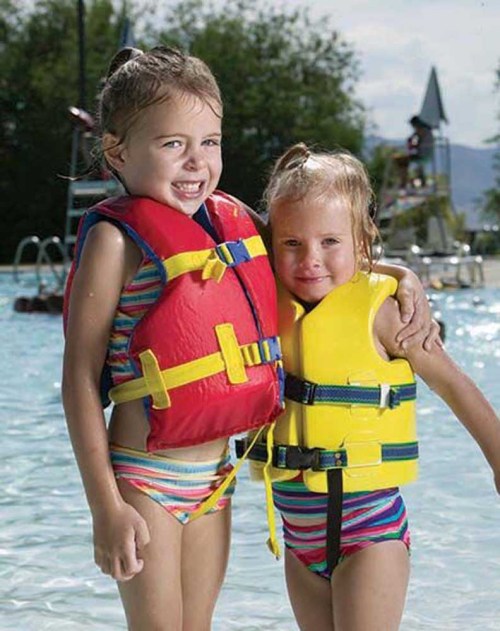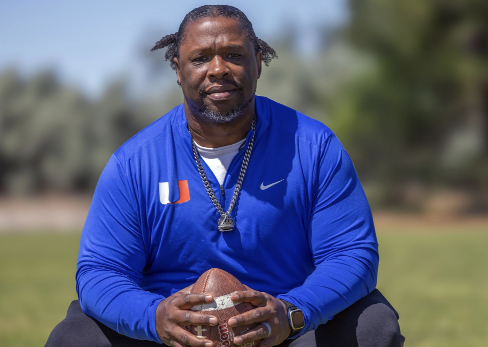A parent’s guide to water safety for children
Published 12:00 am Sunday, June 30, 2024

- 200308682-001
Drowning is a significant concern for children of all ages in the United States. According to statistics, it is the leading cause of death for children age 1 to 4 years and the second leading cause of death for children from 5 to 14. At the Hermiston Family Aquatic Center (HFAC), we are dedicated to preventing drownings in our community by raising awareness and providing essential resources for water safety. These basic strategies can make all the difference at the pool or on open water:
Participating in swimming lessons can significantly reduce the risk of drowning by up to 88%. Learning essential water skills, proper swimming techniques and water safety behaviors are vital for children’s safety around bodies of water. Most public pools provide swimming lessons throughout the summer, with classes offered in the morning or evening. These lessons ensure that children are comfortable in the water, know how to float, tread water, and swim to safety in case of unexpected situations. It will also equip them with essential water skills, stroke techniques and survival strategies.
Lifejackets play a crucial role in saving lives, especially for inexperienced swimmers or children. It is essential to use only Coast Guard-approved lifejackets, as they meet specific safety standards and provide the necessary buoyancy to keep individuals afloat in the water. If you have an unapproved lifejacket, the HFAC offers a free exchange program for acceptable lifejackets to ensure your child’s safety.
Parents should remain diligent when an inexperienced or child uses a lifejacket. Staying within arm’s reach is best practice when using a lifejacket. For families heading to open bodies of water or a pool without a proper lifejacket, the HFAC provides a borrowing service for Coast Guard-approved lifejackets at no charge. Ensuring that every child and adult has access to a well-fitted and appropriate lifejacket is essential for their safety while engaging in water activities. We also offer free fittings and educational tools to help you select the correct lifejacket.
Always supervise children closely when they are in or near water, regardless of their swimming abilities. Designate a responsible adult to actively watch over children, avoid distractions like phones or conversations, and be prepared to intervene immediately if needed.
Teach children to follow essential water safety rules, such as never swimming alone, staying away from drains, and always swimming in designated areas with lifeguards present. Reinforce the importance of obeying pool rules and respecting water boundaries to prevent accidents.
In addition to lifejackets, consider using other safety equipment like pool alarms, reaching or throwing tools and flotation devices to enhance water safety measures. Keep these items readily available near the water to facilitate quick responses in case of emergencies.
Learning CPR and first aid is also a great idea for parents and older children. Training in basic water rescue techniques enables an effective response in emergencies.
Encourage open communication with children about water safety practices, emergency procedures, and the importance of following guidelines. Have age-appropriate discussions about risks associated with water activities and empower children to speak up if they feel unsafe or witness dangerous behaviors.
By implementing these comprehensive water safety tips and strategies, parents can create a safer environment for children to enjoy water activities while reducing drowning incidents. Remember that water safety is a shared responsibility that requires awareness, preparation and proactive measures to safeguard children’s well-being. Let’s work together to reduce the risk of drownings and ensure a safe and enjoyable experience for everyone.
Stay safe, stay vigilant and enjoy the water responsibly.









